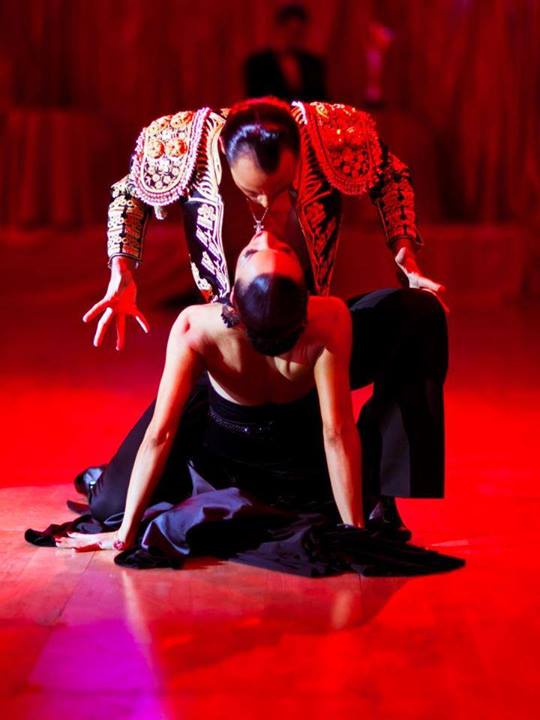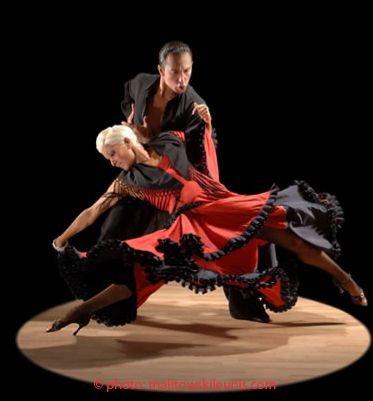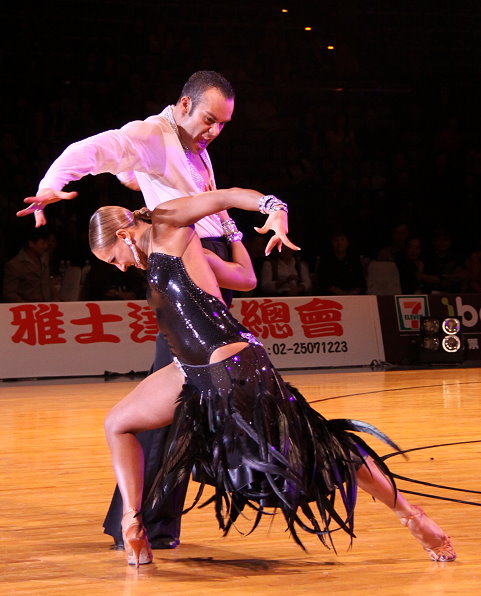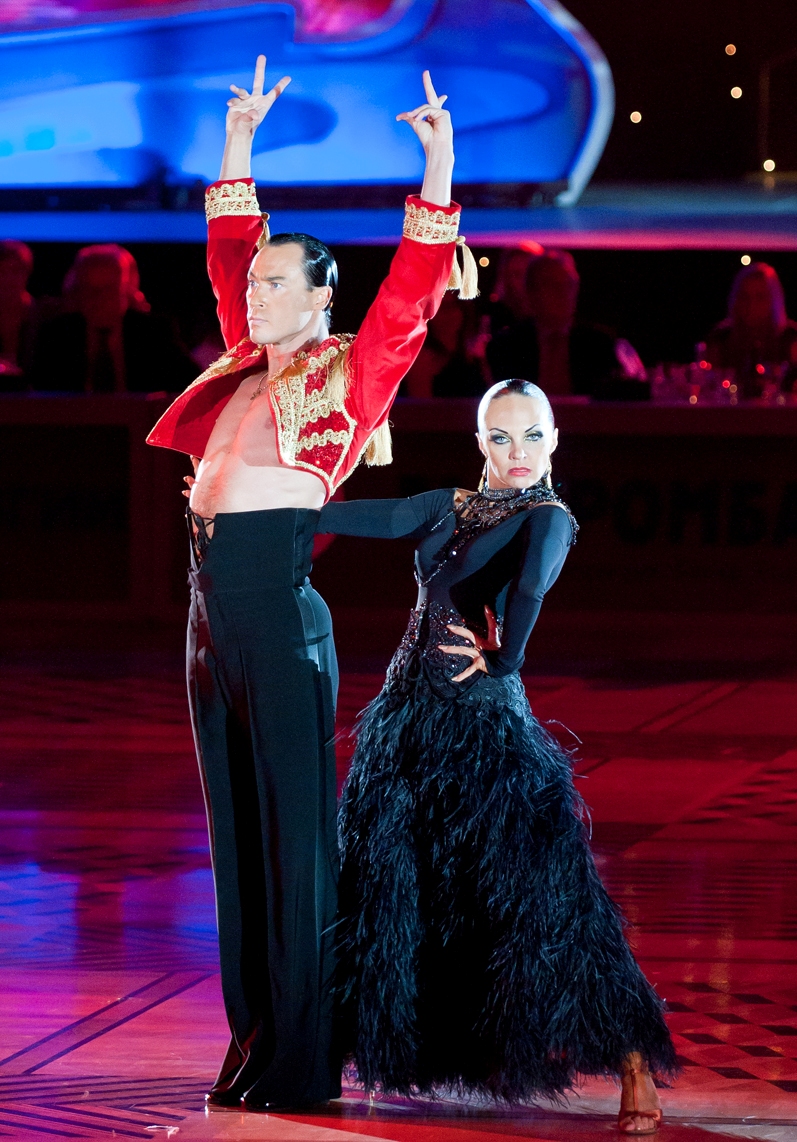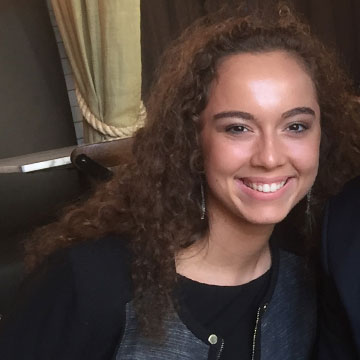Paso Doble
See also: Categories: Dances, History, Ballroom, DanceSport, Latin
Time signature: 2/4
Measures per minute (MPM): 60-62 (may vary)
Beats per minute (BPM): 120-124 (may vary)
Year: 16th century
Origin: France
Definition
Overview
The Paso Doble was originally light Spanish music with a binary rhythm and moderated movement, presumably based on typical Spanish dances of the 16th century. This traditional couple's dance originated in France and was then adopted in Spain and Portugal.History
During the 18th century, the Paso Doble was incorporated into comedies. Then later it was adopted as a regulatory step for the Spanish infantry, with a special feature that made the troops take the regular step: 120 steps per minute.The music was introduced into bullfights during the 19th century. It is now played during the bullfighter's entrance into the ring (paseo) or during the passes (faena) just before the kill. It corresponds to the Paso Doble dance (traditional and ballroom).
Famous bullfighters have been honored by having Paso Doble tunes named after them. Other tunes have been inspired by patriotic motifs or local characters.
Dance Styles
Traditional Style
The traditional Paso Doble is based on the music played at bullfights during the bullfighter's entrance (paseo) or during the passes (faena) just before the kill. The leader of this dance plays the part of the matador. The follower generally plays the part of the matador's cape, but can also represent the shadow of the matador as well as the flamenco dancer in some figures. The follower never represents the bull, although it is commonly thought this way. Its origin dates back to a French military march with the name "Paso Redoble." This was a fast-paced march, which is why this is a fast-paced Latin American dance modeled after the Spanish bullfight. Bullfighting was well known around this time.Ballroom Style
A significant number of Paso Doble songs are variations of España Cañi. This song has breaks or "highlights" in fixed positions in the song (two highlights at Syllabus Levels, three highlights, and a longer song at Open Levels). Highlights emphasize music and are more powerful sounding than the other parts of the music. Usually, at the highlights, dancers perform a trick and a position that they hold to the end of the highlight. Traditionally, Paso Doble routines are choreographed to match these highlights, as well as the musical phrases. Accordingly, most other Ballroom Paso Doble tunes are written with similar highlights (those without are simply avoided in most competitions).Because of its inherently choreographed tradition, Ballroom Paso Doble, for the most part, is danced only competitively, almost never socially, or without a previously learned routine. This said, in Spain, France, Vietnam, Colombia, Costa Rica, and some parts of Germany, it is danced socially as a lead and follow (not choreographed) dance. In Venezuela, the Paso Doble is almost a must-have dance at weddings and big parties, being especially famous by the song "Guitarra Española" by Los Melódicos.
In Competitive Dance, the modern Paso Doble is part of a program of five dances, including the Cha Cha Cha, Samba, Rumba, and Jive. They are called the International Latin Dances of Ballroom Dancing.
According to the World DanceSport Federation (WDSF), the modern Paso Doble consists of two dancing parts and one break in-between for dancers of class D and of three parts and two breaks in-between for dancers of classes C, B, and A. Dancers of lower than D-class level usually perform only four official dances of the International Latin Program. See also WDSF Levels of Dance for level classifications.
Technique
The Paso Doble is one of the most dramatic of all the Latin dances. It is a progressive dance in which dancers take strong steps forward with the heels, and incorporate artistic hand movements. The forward steps, or walks, should be strong and proud.The man should also incorporate the "apel", a move in which he strongly stamps his foot, much like a matador strikes the ground in order to capture the attention of the bull. All moves of the Paso Doble should be sharp and quick, with the chest and head held high to represent arrogance and dignity.
Music
The music of the Paso Doble has strong Flamenco influences. The bold, inspiring music has a simple 1-2-1-2 march rhythm, with very few rhythm changes. The tempo of Paso Doble music is usually 120-124 beats per minute, 60 measures per minute. The Spanish Gypsy Dance has become the universal anthem of the Paso Doble.Famous Spanish Paso Dobles
- Amparito Roca
- El Beso
- El gato montés
- El Relicario
- Agüero
- España cañí
- Islas Canarias
- La Gracia de Dios
- Feria de Manizales
- Manolete
- La Morena de mi Copla
- Plaza de las Ventas
- Paquito el Chocolatero
- Sombreros y Mantilles
- Suspiros de España
- Que Viva España
- Valencia
Similar Topics
Other terms used to search: paso doble., paso doble history, paso doble figures, "paso doble", modern paso doble songs, famous paso doble music, paso doble dance history, paso doble images, famous paso doble dancers, figure paso doble, paso doble songs, paso doble steps, paso doble wikipedia, paso dobla, paso dole, paso donle, pasodobe, pasodouble, paso dablo, paso dible, pasoboble, pasodole, pasodoble, pasadoble, paso-doble, passodoble, passadoble, paso.doble, paco doble, pas doble, pase doble, aso doble, pso doble, pass doble, passa doble, пасо добле
